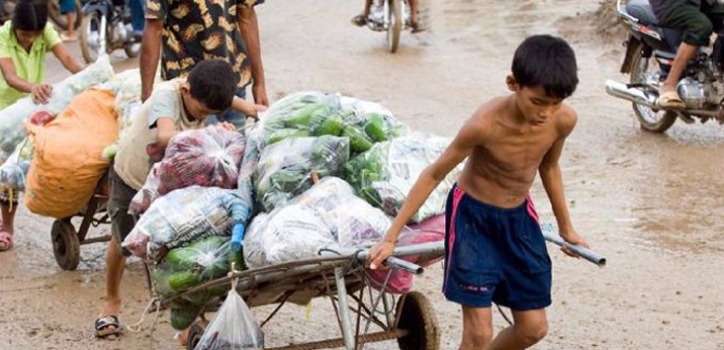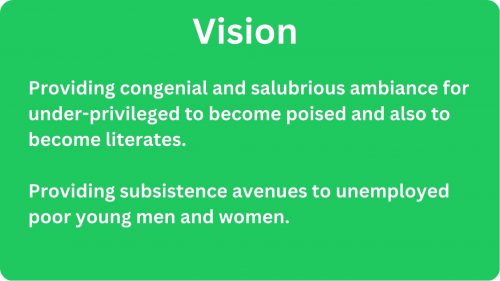Child labor in India is a human right issue for the whole world. It is a serious and extensive problem, with many children under the age of fourteen working in carpet-making factories, Hotels, Ragpicking, glass blowing units and making fireworks with bare little hands. According to the statistics given by the Indian government, there are 20 million child laborers in the country, while other agencies claim that it is 50 million.
In Northern India, the exploitation of little children for labor is an accepted practice and perceived by the local population as a necessity to alleviate poverty. Carpet weaving industries pay very low wages to child laborers and make them work for long hours in unhygienic conditions. Children working in such units are mainly migrant, bonded labor traps the growing child in a hostage like condition for years. The importance of formal education is also not realized, as the child can be absorbed in economically beneficial activities at a young age. Moreover, there is no access to proper education in the remote areas of rural India for most people, which leaves the children with no choice. Migrant workers from Northern India who are shunted here by their families to earn some money and send it to them. Their family’s dependence on their income forces them to endure the onerous work conditions in the carpet factories.
The situation of child laborers in India is desperate. Children work for eight hours at a stretch with only a small break for meals. The meals are also frugal and the children are ill-nourished. Most of the migrant children, who cannot go home, sleep in their workplace, which is very bad for their health and development. Seventy-five percent of the Indian population still resides in rural areas and are very poor. Children in rural families who are ailing with poverty perceive their children as an income generating resource to supplement the family income. Parents sacrifice their children’s education to the growing needs of their younger siblings in such families and view them as wage earners for the Entire clan.
The Indian government has tried to take some steps to alleviate the problem of child labor in recent years by invoking a law that makes the employment of children below 14 illegal, except in family-owned enterprises. However, this law is rarely adhered due to practical difficulties. Factories usually find loopholes and circumvent the law by declaring that the child laborer is a distant family member. Also in villages, there is no law implementing mechanism, and any punitive actions for commercial enterprises Violating these laws are almost non-existent.
Child labor is a conspicuous problem in India. Its prevalence is evident in the child work participation rate, which is more than that of other developing countries. Poverty is the reason for child labor in India. The major income of child laborers is also absorbed by their families. The paucity of organized banking in the rural areas creates a void in taking facilities, forcing poor families to push their children in harsh labor, the harshest Being bonded labor. Bonded labor traps the growing child in a hostage like condition for years. The importance of formal education is also not realized, as the child can be absorbed in economically beneficial activities at a young age. Moreover, there is no access to proper education in the remote areas of rural India for most people, which leaves the children with no choice.
So without reducing poverty, we can’t alleviate child labor from society. Even though the Government is introducing many schemes, they are not reaching to the needy. Half-hearted policies, corrupt bureaucrats, corruption in all spheres and lack of peoples awareness also one of the causes. So in the short span, it is not possible to alleviate the poverty, but we have to concentrate on good plans and programme to reduce poverty. The awareness plays a vital role, the government, social activists, educated and youth have to take an active role and aware the people about the importance of childhood and education. The government has to implement the laws strictly. In the short period up to some extent fear of the law, only by imposing strict rules and regulations, we can curb the increase of child labor. So to curb the child labor in the shorter period law and awareness of the people are good tools. In long run, through poverty alleviation and educational awareness, we can curb the child labor.






